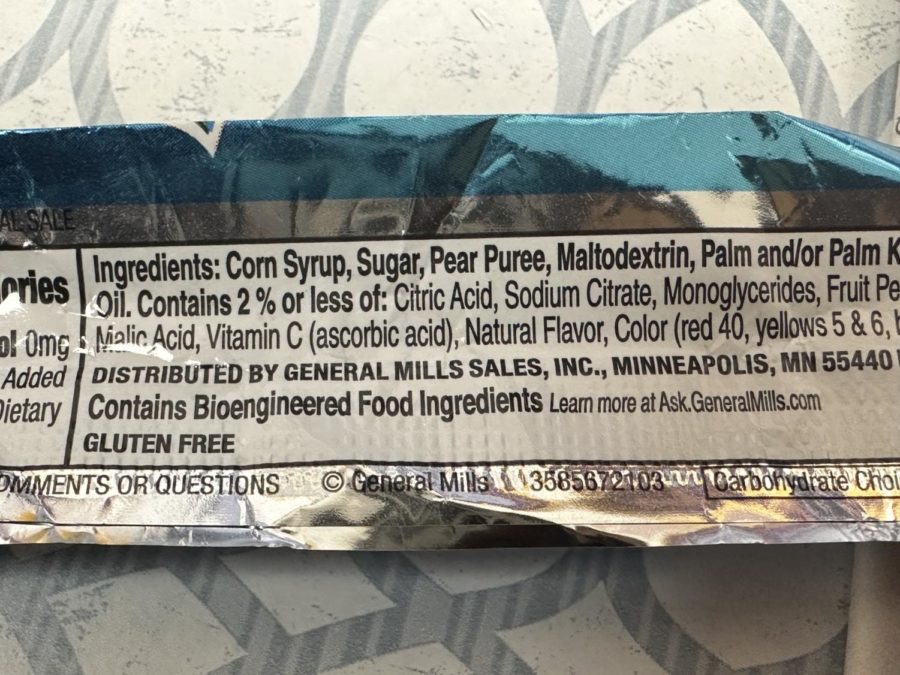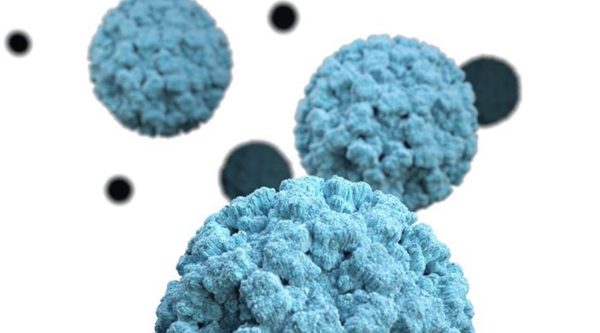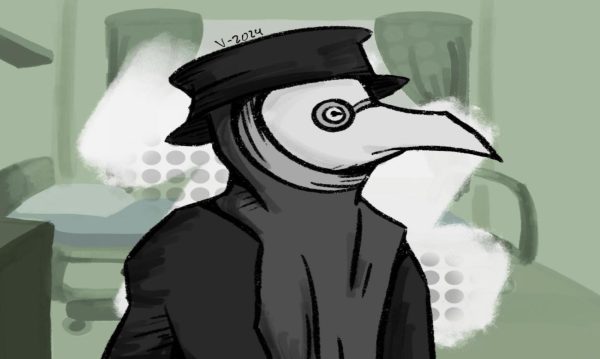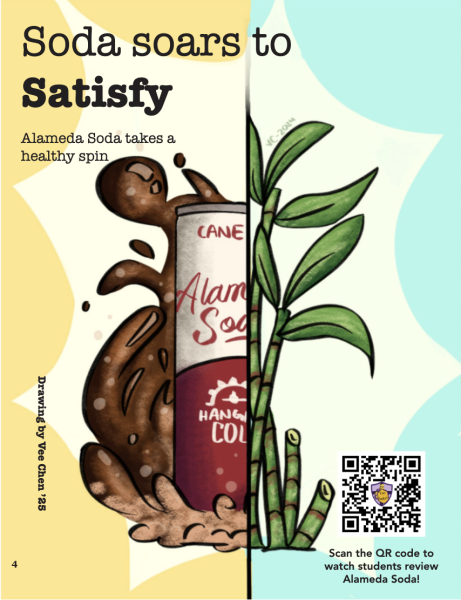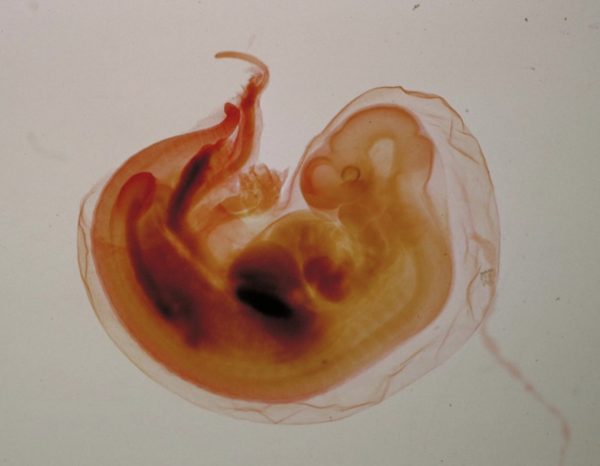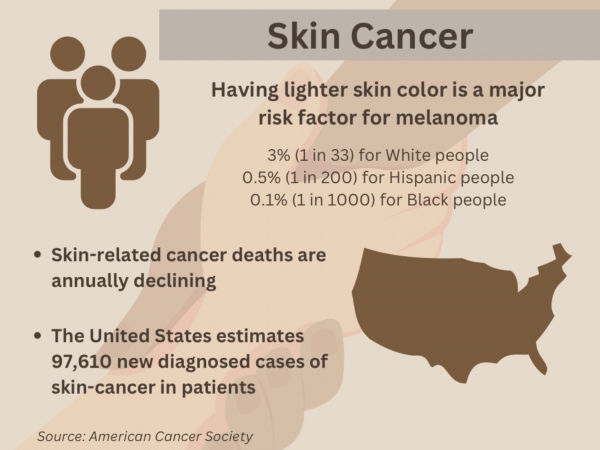Red dye concerns prompt FDA action
Everyday products often contain cancer-causing red dye.
May 23, 2023
Think about all the candy you have ever eaten. Maybe even think about the red ones that you have eaten a little bit longer.
Some candies may have been made with red food dye No.3 that is now being looked at as a toxic dye to people’s health. And years ago, the Food and Drug Administration banned Red No. 3 dye after studies showed it caused cancer in lab animals, and the dye is still in thousands of varieties of candies, cakes, beverages and even in some medicine.
Xavier Rauls ’24 stated, “I’ve eaten a lot of red candy in my life. And thinking about what is in it now has made me eat a lot less red candies. And I wanted to stop eating red candies because I saw that it causes health problems and I don’t want that to ruin my health.”
I’ve eaten a lot of red candy in my life. And thinking about what is in it now has made me eat a lot less red candies.
— Xavier Rauls ’24
A couple months ago, the Center for Science in the Public Interest (CSPI)–a food and health watchdog group–sent a petition to the FDA, urging the agency to prohibit Red Dye No. 3 in food, supplements, and drugs. Consumer Reports, along with 20 other advocacy groups and three individuals, signed the petition.
Ethan Vargas ’23 said, “I’ve eaten a lot of red candy and things in my life. And to see this happening really scares me. It also scares me because this thing has to do with people’s health, and I want to make sure that my health is good with this food dye.”
Erythrosine, or what you see on ingredients as FD&C Red Dye No. 3, is a synthetic dye that gives foods and drinks a bright, cherry-red color. And for a long time the FDA was aware of the multiple studies that were going on around this that causes cancer in animals. The process consisted of giving lab rats very high doses of this red dye over long periods of time, and over that time rats came down with thyroids.
Brendan Birmingham ’23 said, “This topic is very interesting and the fact that it can harm us is alarming. This will make me aware of what I eat and make sure I check for what ingredients are in the type of foods that I eat.”


